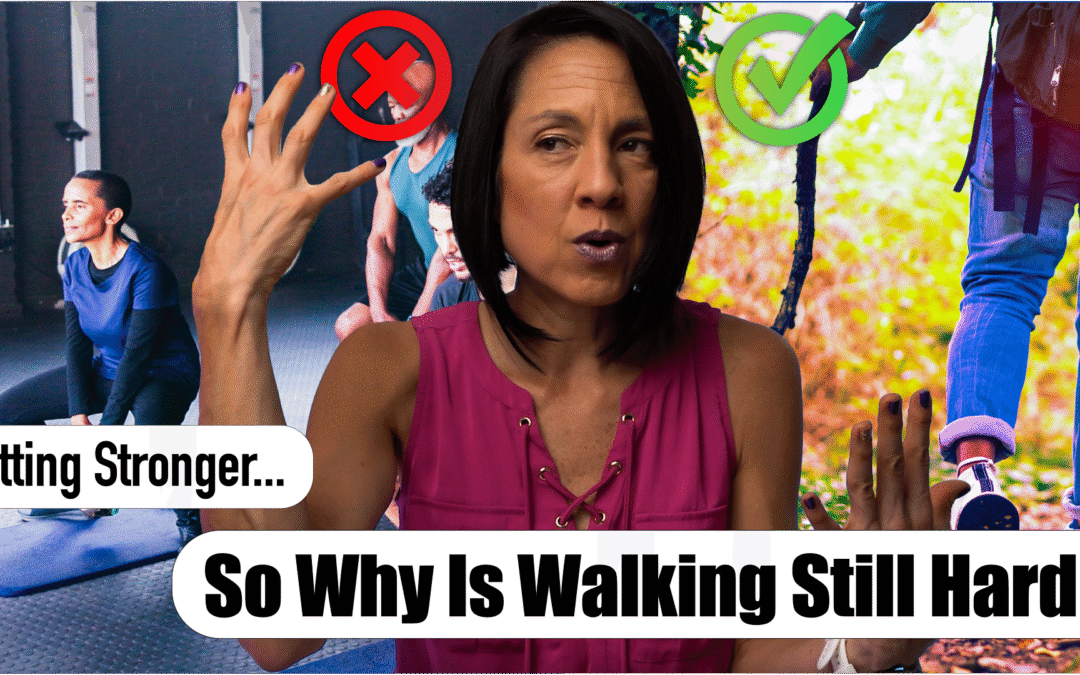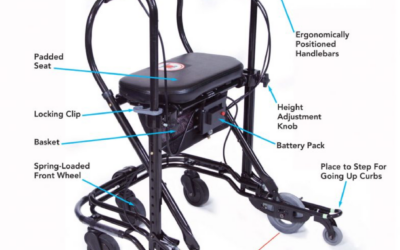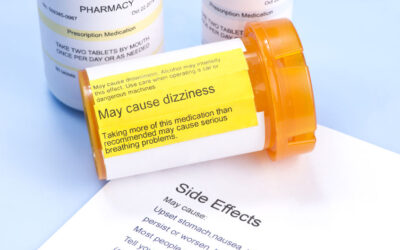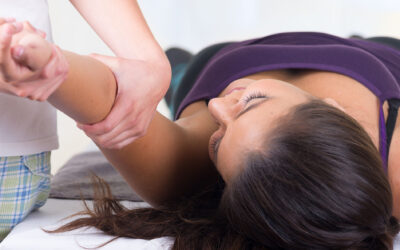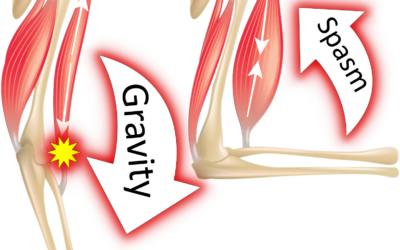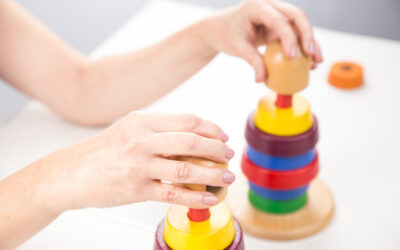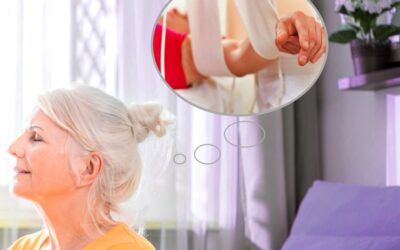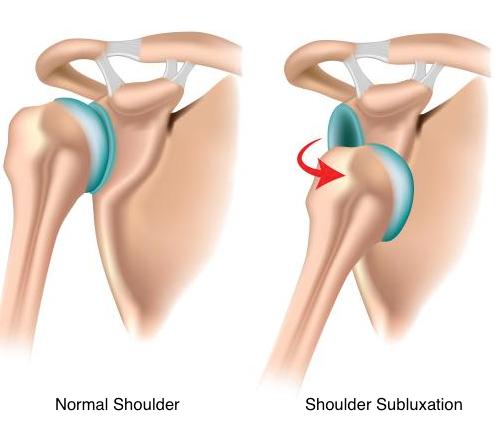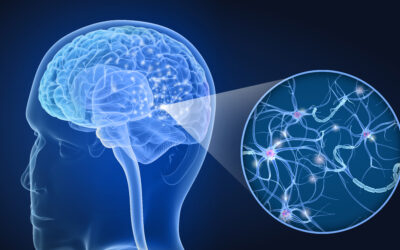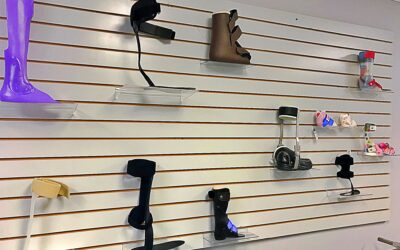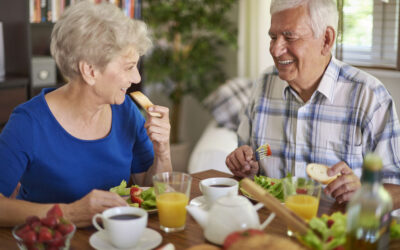Stroke Recovery Tips: When Exercises Don’t Seem to Work
Is it possible to be making progress after a stroke or neurologic injury and still feel like your movement is getting stiffer, heavier or just plain harder?
Absolutely. And let me tell you, it is one of the most frustrating things I see in recovery.
So why does this happen? Why can you be “getting stronger” but feel like your movement quality is getting worse? And more importantly, how do you measure progress in a way that actually helps you get better?
Strength vs. Motor Control – They’re Not the Same Thing
A common frustration I hear:
“I feel stronger, but my walking feels heavier.”
“Some days my leg won’t move at all.”
“I fatigue so quickly, even though I know I’m improving.”
This all comes down to understanding the difference between strength and motor control.
When you’ve had a stroke, it’s not that your muscles are simply “weak.” The problem is that the operating system, your brain’s code that controls movement has been damaged.
Think of your brain like a computer. Your muscles are the keyboard and they still work. But the hard drive that runs the programs? That’s where the damage is. When a stroke wipes out part of the “code,” your muscles can’t execute normal movement patterns anymore.
So what do most people do? They fall back on what they know: strengthen, strengthen, strengthen. But strengthening alone often reinforces abnormal movement patterns (like spasticity or those stiff, locked movements). And the more you push into those, the more your brain rewires around them. We call that negative neuroplasticity.
So What Can You Do?
Focus on Motor Control
Here are some strategies I use with my patients to turn all that effort into quality movement that feels better and translates into daily life.
1. Sensory Input Matters
Things like tapping, rubbing, vibration, or even just moving the arm or leg passively, these all remind your brain: “Hey, there’s a limb here, pay attention!”
It’s like reintroducing your brain to your body again.
2. Prioritize Quality Over Quantity
Don’t just celebrate movement for movement’s sake. Watch how it’s moving.
If your arm rotates in oddly when you lift it or your hand closes with your thumb tucked, stop and adjust. Reinforcing abnormal patterns makes them harder to break later.
3. Break Skills Down
Walking is a perfect example. Instead of endless squats and lunges, focus on the exact part of walking that’s giving you trouble.
- Practice weight-bearing without locking your knee.
- Practice swinging the leg without relying on abnormal patterns.
- Practice lifting your ankle with your knee straight.
This helps rebuild control, not just strength.
But Also… Don’t Forget to Just Walk
Sometimes, the best thing you can do is the obvious: walk more.
I see so many people get caught up in finding the “perfect exercise” when what they really need is more time on their feet.
Just like toddlers, they don’t get drills, they just keep practicing until it clicks.
The Big Takeaway
Feeling like your movement is “worse” while you’re working hard can actually be a sign that your brain is still figuring things out. The key is shifting your focus from strength alone to motor control, and making sure the movements you’re practicing are high-quality and moving you closer to normal function.
And if you want more structure and guidance on how to do this in your own recovery, that’s exactly what we’ve built inside our Rehab HQ membership program. You get access to tools, exercises, and step-by-step guidance so you can take full ownership of your rehab, on your own terms.
You can learn more or sign up here.
I hope this helps connect some dots for you.
Remember: Progress isn’t always a straight line, and sometimes “worse” movement is just part of the path to better.
Articles you may be interested in
Product Spotlight: #1 Walker for Parkinson’s Disease
What is the best walker for Parkinson's disease (PD)? Maybe you are not there yet. Maybe you are hesitant to even approach the idea of a walker. Well, I have you covered. After nearly 20 years of working with people living with PD, I know how you might be feeling. The...
When to start Parkinson’s disease medication?
Due to the neurodegenerative nature of Parkinson's disease, there is no cure. While many medications claim to "treat" the disease, none actually reverse the effects of the disease. Parkinson's Disease Medication The main family of drugs useful for treating the motor...
Best Method for Stretching Spastic Muscles
Stretching spastic muscles is critical after a stroke. Spasticity is a movement disorder that causes an involuntary muscle contraction in response to lengthening. This occurs if there has been damage to the brain or spinal cord. This can make movement retraining and...
What is spasticity?
Spasticity is an involuntary muscle contraction caused by a hyperexcitability of the reflex arc that occurs due to damage to the brain or the spinal cord. Huh?? Yeah, agreed. Ok, I get it, keep it simple. Did you ever wonder why your leg seems to spaz out for no...
Does Mirror Therapy Improve Arm Function?
Mirror therapy (MT) is one of several effective treatments used to regain arm movement after a stroke. Mirror Therapy Background MT was originally designed to treat phantom limb pain with amputees. The way it worked was that it gave the person the sensation that they...
Mental Practice Helps Movement Recovery after a Stroke
Mental practice is a way of relearning movement (motor functions) by creating an image in your mind of the body performing that movement without the body actually moving. This method of enhancing performance and/or improving a motor skill has been used for decades in...
The Best Treatment for Shoulder Subluxation
A shoulder subluxation is a result of severe shoulder instability after a stroke. This can cause pain and have a negative impact on regaining active shoulder movement. What is a stroke shoulder subluxation? A shoulder subluxation is when the arm bone (humerus)...
What is Neuroplasticity?
Neuroplasticity is the brain's ability to form new connections (rewire) after a brain injury or a stroke. Recovery of motor (movement) function after a stroke involves relearning motor skills using this idea of neuroplasticity. Furthermore, this idea of brain...
Best Foot Drop Braces
Drop foot is when the muscles that lift the foot are not working properly. Hence, leading to the name, drop foot or foot drop. Needless, to say this can lead to difficulty walking. When I think of someone who has drop foot, my number one concern is the risk of...
Best Tools for Eating after Stroke
Being able to eat and prepare food without help after a stroke can help someone both physically and mentally. That being said, this might be challenging if you only have full use of one hand. Here are my top four picks that might help someone to start the process of...

